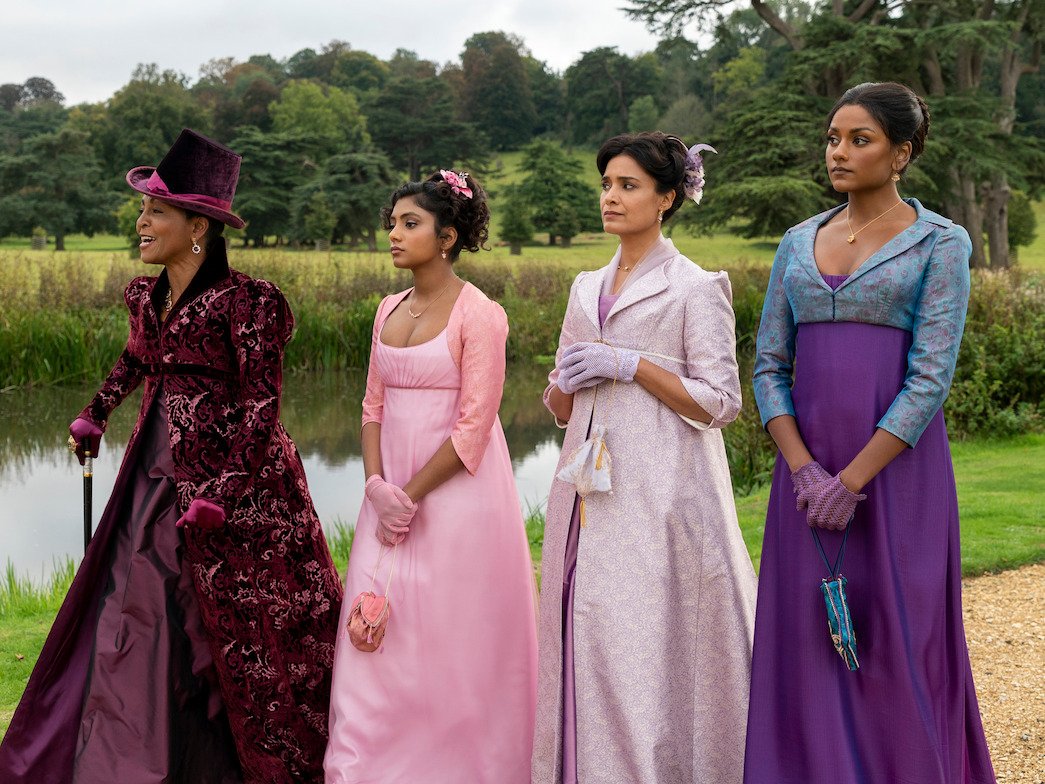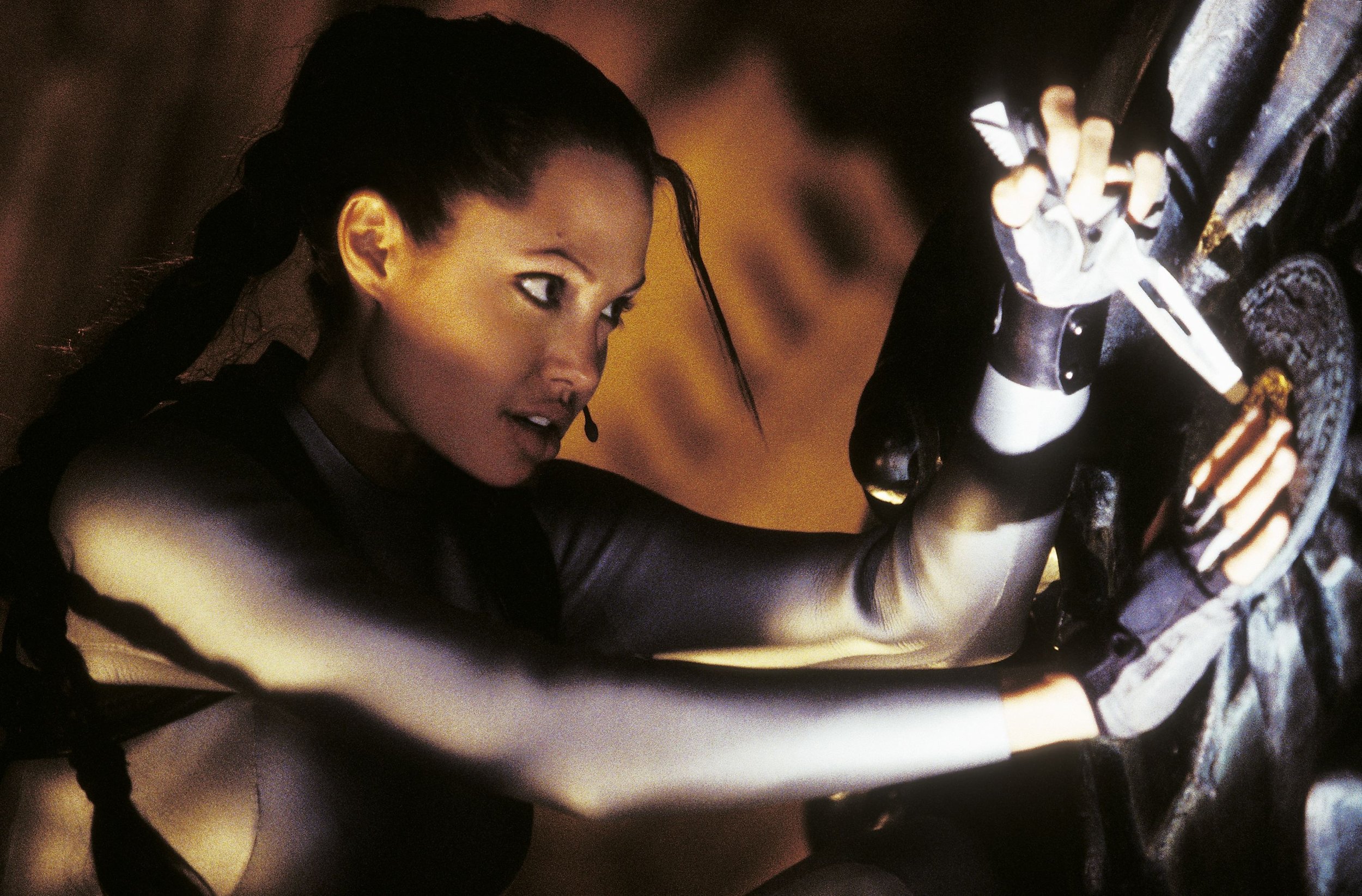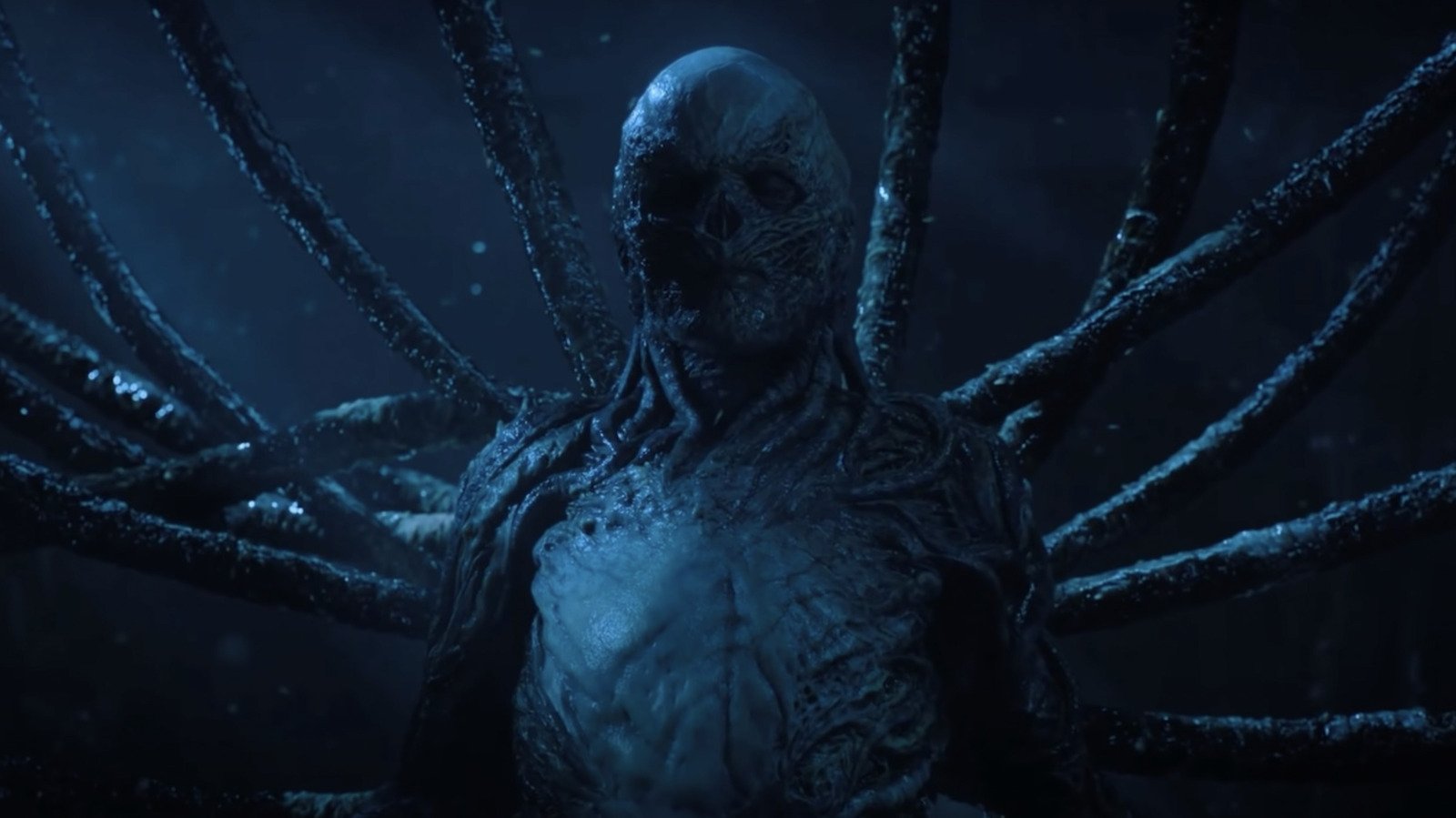The Art of Costume Design
Fashion and costume make up a huge part of cinematography and film. It is essential for characterization, aesthetics, genre, setting, period, and more. This is why costume has their own awards, reviews, and dedicated teams.
A costume can take years of research, design, inspiration, and creation. Explore Purveyour’s take on the art of custom design, specifically in film and TV.
Jane Austen’s England
The rise of Bridgerton captures the art of costume design perfectly. Something the costume design team does so well with on this show is not only the accuracy in terms of the period it’s set in but how it reflects characters and their feelings, class, and attitudes.
Season 1 pays particular attention to the clothing delicacies of the time period: the early 1800s in aristocratic England. Elegant white gloves, an extremely high waistline that lies just under the bosom, and the use of corsets (one of the opening scenes of the show) to name a few. The costumes of the men share similar intricacies, including their top hats, tail coats, and accessories - oh, and Antony’s sideburns.
Image via Netflix
Characters’ personalities are also highlighted in the style of their costumes - Daphne, for example, is strictly pastels and baby pinks, blues and purples. White is also in her palette, the colour of innocence. Antony’s clothing is rigid and always dressed as neatly as a pin as he too is too stiff for his own good. Kate opts for much bolder, confident, and daring colours to match her commanding personality: deep purple, rich turquoise, and dark blue. Lady Danbury shares this costume approach. The Featherington girls are always dressed in confused and clashing florals, evocative of the mother’s need to feel different and better than everyone else yet failing miserably. The fact that in every scene the main characters are wearing a different outfits is reflective of their class and wealth, while servants are always in plain and drab uniforms.
The popularity of Bridgerton no doubt has trickled into our own wardrobes, with corsets returning as a wardrobe staple.
Science Fiction Chic
Where better to get fashion inspiration than from the future? Science fiction films and series offer a much more daring and creative approach than other genres as designers can let their imagination take over.
A film that did this very well is the notorious The Fifth Element, in which all costumes were designed by John Paul Gaultier. He took the aspects of practicality, extravagance, and mild ridiculousness to create possibly the best line-up of film costumes to ever grace cinema screens. Take the scene where Leeloo takes a Chancel compact to her face only for it to instantly apply a flawless smoky cat eye - whacky yet not too far from what could be a reality.
Image via Shuttershock
The most famous costume is perhaps the belt to jumpsuit design - the first outfit the audience sees Leeloo in. That and the orange strap.
The Rise of Gen Z
Another modern example of how successful and influential costume can be is none other than the controversial HBO’s Euphoria.
Again a great example of how characters’ costumes reflect who they are, Euphoria’s costume designs have had a huge influence over Gen Z - despite the second season coming out earlier this year, potential Halloween costumes, brand partnerships, and outfit knockoffs have been rife since its airing.
The show’s costume successfully experiments with exploring how growing up is reflected in the way characters dress. It is, after all, a show about teenagers (despite a lot of the cast being in their late twenties).
Image via HBO
Cassie, for example, the main character in season 2, doesn’t grow at all - her colour palette and style remain exactly the same, with continuing use of frills, dainty pinks, and blues, lack of elegance and sophistication, to reflect the naivety of her actions. Maddy, on the other hand, does grow up and changes their perspective. Her clothing remains influenced by dark femininity and strength, but her obsession with the woman she babysits for wardrobe reflects her desire to mature even more.
Lights, Camera, Action
Action films tend to focus on, well, action, rather than the clothes being worn. But some action films take great care to make characters’ costumes part of the plot.
Take the Lara Croft films, specifically the ones starring Angelina Jolie - being based on a video game, the design team already had a good idea of characterization and how to bring her outfits to life. Take the iconic grey catsuit - slimming, subtly sexy, yet still practical and streamlined enough for the odd karate kick and pistol reload.
Image via IMBD
The more recent versions, starring Alicia Vikander, strayed away from what some critics called a more sexist approach to Lara’s costume. That being said, the video game depiction of Lara with double Ds hanging out of a crop top and mini shorts was far worse, so you could say they were making the most out of an already quite sexist situation.
Still, Alicia’s version of Lara boasted a far more realistic action movie costume design -much more covered up, with jeans and not shorts, and a top that didn’t expose breast or midriff. Goes to show just how much costume can influence the depiction of the same character.
See it to Believe it
Prosthetics in film and TV have become a genre of costume in itself. The most recent example of a great use of prosthetics is none other than Stranger Things, which introduced Vecna in its most recent season.
Image via Netflix
The Emmy-winning prosthetics designer, Barrie Gower, spoke about how the mix of an actor in prosthetics and digital editing creates the best look in modern film. Jamie Campell Bower sat in the make-up chair to apply Vecna’s prosthetics for 8-10 hours every day, including 2 to remove it after a day’s work. Vecna’s skin is purposefully pale to reflect the fact that he hasn’t seen sunlight in decades. His vine-like features mimic those of the Upside Down. As well as this, lube was applied all over the costume to give a far more life-like effect - it seems every detail was seen.
Licensed to Dress
No costume appreciation is fit without acknowledging the epitome of the male and female class - the James Bond franchise.
James Bond is all about elegance and class, and this trickles in the costumes beautifully in almost every film. Beyond the classic fitted black tux, action sequence attire, and occasional towel, James’ style has developed a lot over its collection of 27 films to create a style that is instantly recognizable.
The more modern version opts for a more casual approach than the earlier ones - N. Peal is the brand of most of Daniel Craig’s films, including the ribbed jumper and combat trousers featured on the No Time to Die poster.
The Bond girls are no exception. Some honorable mentions include Severine’s black ensemble in Skyfall, the skimpy bikinis in Dr. No and Die Another Day, Casino Royale’s glimmering red maxi dress, and the pure elegance of the ball gown dresses in The Spy Who Loved Me.





